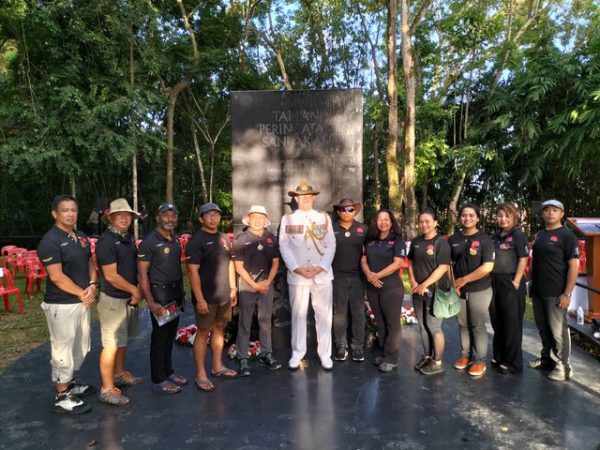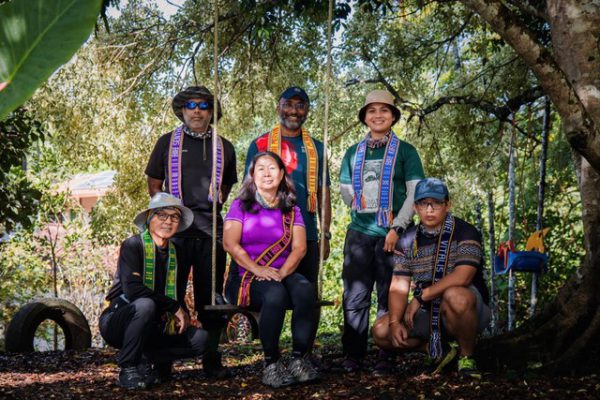SANDAKAN, Malaysia, 3 May 2022: The Covid pandemic may not be over completely, but Sabah’s tourism industry is already showing the first signs of resurgence.
For the six trekkers who took part in the six-day/five-night 77th Sandakan-Ranau Death March (SDRM) trekking tour from Sandakan to Ranau, recovery from the pandemic and the opening of the international borders have inspired a newfound love for historical tourism attractions that are available right in their own backyards.

The Sandakan Death Marches were a series of forced marches from Sandakan to Ranau in Borneo that resulted in the deaths of 2,434 Allied prisoners of war incarcerated by the Japanese at the Sandakan POW Camp in North Borneo during World War II. As with the previous years, this year’s SDRM tour was held as a commemorative pilgrimage to honour the fallen heroes.
For years prior, the Sandakan-Ranau Death Marches tour was only participated by members of the armed forces or groups comprising the descendants of the fallen Australian and British servicemen who wanted a deeper insight into what ordeals the POWs endured during the forced 260 kilometre-long Death March.

The invading Japanese army organised the marches between January and August 1945, and they are regarded as the single worst atrocity perpetrated against Australian personnel during World War II. Only six Australians survived the wartime incarceration in Sandakan and Ranau.
Local trekking expert and veteran tour guide Tham Yau Kong of TYK Adventure Tours says that it’s important for Sabah’s residents to delve deeper into their own history and honour the sacrifices made in the past.
“It is important to remember that there are other local heroes worth knowing beyond the ones mentioned in our history books,” says Tham.
During the tour, the six trekkers have had the opportunity to get to know the locals and mingle with them. They have also had a chance to speak with the sons of the late Gambut @ Ahmad Tajudin bin Abang, who played an important role in helping the Australian teams recover bodies along the Death March track after the war.
The trekkers also had a chance to meet with the grandnephew of the late OKK Domima Akoi, known as the ‘Ring Lady’ of the unsung heroes who helped to support the Australian POWs.
“I have been thinking about doing this death march trail for years and finally decided to do it this year. I then contacted Tham Yau Kong, the expert in this SDRM trail and managed to rope in five other like-minded people to join the trek,” says Dr Sen Nathan, one of the six trekkers and the organiser of the SDRM expedition.
“It was exhilarating but emotionally and physically challenging even for healthy walkers like us. Imagine how difficult it was for the starving, undernourished, malaria and dysentery-stricken POWs had to endure,” Sen adds.
The SDRM trekking tour started at Kg Bauto, Telupid, on 19 April and concluded in Kg Muruk, Ranau, on 24 April. The group attended the special ANZAC Day Dawn Service on 25 April to complete their SDRM tour.
“I applaud this group effort for taking up the challenge of the Death March trek. While historically, it was the Australian POWs and Japanese soldiers who were much involved, we often forget that many local heroes provided welfare to the POWs when they were able to, more so when brave enough to as they too faced much affliction if caught. It’s good for the local community also to learn this part of history,” comments Sabah Tourism Board CEO Noredah Othman.
“On an annual basis, the Sandakan Day Memorial is commemorated at the Sandakan Memorial Park on 15 August. It is a meaningful event to reflect on this historically shared bond between Sabahans and Australians,” she noted.
For more information on Sabah’s attractions visit: https://www.sabahtourism.com/?locale=en
(Your Stories Sabah Tourism Board).






